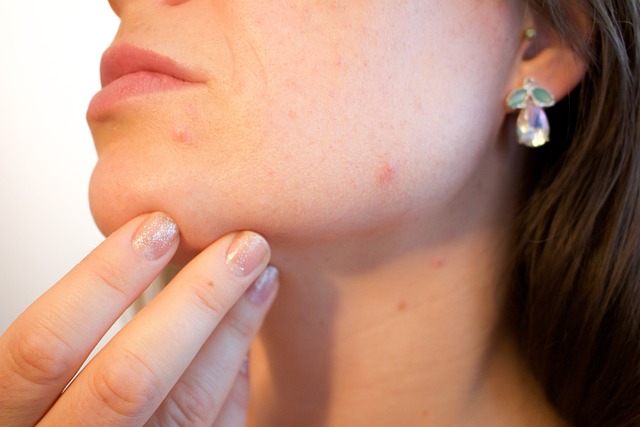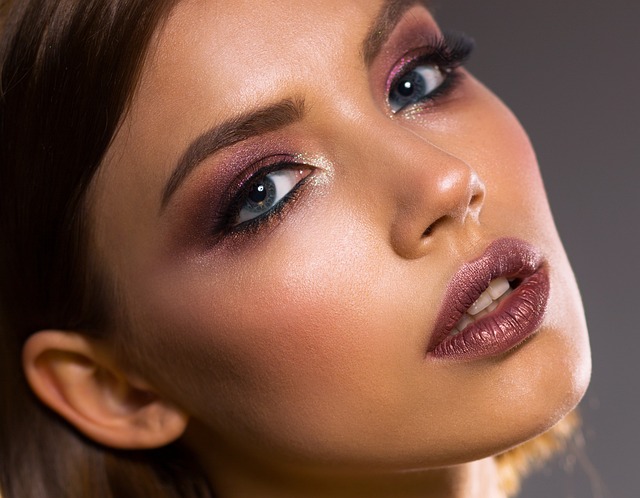If you’ve ever wondered, “What the heck is dry shampoo?” or questioned whether it’s good for your hair, you’re not alone. Dry shampoo has become a go-to product for many, promising quick fixes for greasy hair without a shower. But what exactly does it do, and is it a friend or foe to your hair health? In this article, we’ll dive deep into what dry shampoo is, its uses, and whether it’s a safe choice for your locks. With clear answers, stats, and practical tips, let’s unravel the mystery of dry shampoo in a way that’s easy to understand and useful for years to come.
What Is Dry Shampoo?
Dry shampoo is a waterless hair product designed to refresh your hair by absorbing excess oil, adding volume, and masking odors without needing a wash. Unlike traditional shampoo, which requires water and rinsing, dry shampoo comes in powder or aerosol spray form. You apply it to your scalp, let it sit briefly, and then brush or massage it through your hair. It’s a time-saver for busy mornings, post-workout touch-ups, or days when washing isn’t practical.
How Does It Work?
Dry shampoo contains starches, clays, or other absorbent ingredients that soak up sebum (the natural oil your scalp produces). Some formulas also include fragrances to leave your hair smelling fresh. Aerosol versions often use alcohol or propellants to deliver a fine mist, while powder versions rely on manual application. The result? Hair that looks cleaner and feels less greasy, at least temporarily.
A Quick Stat
Dry shampoo’s popularity has soared in recent years. Surveys estimate that over 30% of women and 15% of men use dry shampoo regularly, with the global market for these products growing steadily. It’s no surprise—convenience is king in today’s fast-paced world.
What Is the Use of Dry Hair Shampoo?
Dry shampoo isn’t just for skipping a wash. Its versatility makes it a staple for various hair types and situations. Here are the main uses:
|
Use |
How It Helps |
|---|---|
|
Oil control |
Absorbs excess scalp oil, reducing greasiness between washes. |
|
Volume boost |
Adds lift at the roots, making flat or limp hair look fuller. |
|
Texture enhancement |
Creates grip for styling, ideal for updos or braids. |
|
Odor neutralization |
Refreshes hair that smells stale from sweat, cooking, or smoke. |
|
Time-saving |
Extends the life of a blowout or style, cutting down on washing frequency. |
|
Travel convenience |
Perfect for camping, flights, or anywhere water access is limited. |
Who Benefits Most?
Dry shampoo works for almost everyone, but it’s especially handy for:
-
People with oily scalps who need frequent washing.
-
Those with fine or flat hair seeking extra volume.
-
Anyone with a busy lifestyle needing quick touch-ups.
-
Individuals with curly or textured hair who want to avoid overwashing, which can strip natural oils.
Is Dry Shampoo Good for Your Hair?
The big question: is dry shampoo a hair hero or a hidden villain? The answer depends on how you use it. Let’s break down the pros, cons, and science to give you a clear picture.
Benefits of Dry Shampoo
-
Convenience: Dry shampoo saves time, letting you refresh your hair in minutes without a full wash.
-
Oil Management: It tackles greasiness, making second- or third-day hair look presentable.
-
Style Preservation: It extends blowouts or curls, reducing heat damage from frequent styling.
-
Scalp Comfort: For some, it reduces the need for daily washing, which can prevent scalp dryness or irritation.
-
Volume and Texture: It adds body, making it a styling aid for flat or slippery hair.
Studies suggest that reducing wash frequency can benefit hair health by preserving natural oils, especially for curly or dry hair types. Dry shampoo supports this by delaying washes without sacrificing appearance.
Potential Downsides
Dry shampoo isn’t perfect. Here’s what to watch for:
|
Issue |
Why It Happens |
How to Avoid |
|---|---|---|
|
Scalp buildup |
Residue from starches or powders can accumulate if not brushed out. |
Use sparingly and brush thoroughly after applying. |
|
Dryness |
Alcohol-based formulas may dry out hair or scalp over time. |
Choose alcohol-free options for frequent use. |
|
Clogged follicles |
Overuse without washing can trap oil and debris, irritating the scalp. |
Wash hair regularly (every 2-3 days) to clear buildup. |
|
Color fading |
Some formulas may dull dyed hair with repeated use. |
Look for color-safe dry shampoos. |
|
Ineffectiveness on dirt |
It doesn’t clean sweat, pollution, or product buildup—only masks oil. |
Use it as a refresh, not a full cleansing substitute. |
The Science Bit
Your scalp produces about 1-2 grams of sebum daily, depending on genetics and environment. Dry shampoo absorbs this oil but doesn’t remove it entirely. Overusing it without washing can lead to buildup, which may cause itchiness or flaking in 5-10% of users, per dermatological surveys. However, moderate use (1-2 times between washes) is generally safe for most hair types.
Who Should Be Cautious?
-
Sensitive scalps: Alcohol or fragrances in some dry shampoos may irritate.
-
Dandruff-prone individuals: Buildup can worsen flaking if not washed out.
-
Very dry hair: Overuse may strip moisture, making hair brittle.
If you fall into these categories, test a small amount first and monitor your scalp’s response.
How to Use Dry Shampoo Properly
To maximize benefits and minimize risks, follow these evergreen tips:
-
Apply to dry hair: Focus on roots, where oil is most noticeable.
-
Use sparingly: A few sprays or a light dusting is enough—overloading weighs hair down.
-
Let it sit: Wait 1-2 minutes for the product to absorb oil before brushing.
-
Brush thoroughly: Distribute the product and remove excess to avoid buildup.
-
Wash regularly: Use dry shampoo for 1-2 days between washes, then cleanse with water and shampoo.
-
Choose the right formula: Opt for powder for oily hair, aerosol for quick application, or tinted versions for dark or colored hair.
A Note on Hair Types
-
Oily hair: Use dry shampoo every other day to control shine.
-
Fine hair: Apply lightly to avoid weighing down strands.
-
Curly/textured hair: Focus on the scalp to preserve curl definition.
-
Thick hair: Use more product but brush well to prevent visible residue.
Myths About Dry Shampoo
Let’s clear up some common misconceptions:
-
Myth: Dry shampoo cleans your hair like regular shampoo.
Truth: It only absorbs oil, not dirt or sweat—regular washing is still essential. -
Myth: It causes hair loss.
Truth: No evidence links dry shampoo to hair loss when used correctly, though buildup may irritate the scalp. -
Myth: It’s only for oily hair.
Truth: It benefits all hair types, from adding volume to refreshing styles.
Key Takeaways
-
Dry shampoo is a waterless product that absorbs oil, adds volume, and refreshes hair without washing.
-
It’s used to control greasiness, boost texture, extend styles, and save time, especially for oily or fine hair.
-
Dry shampoo is generally safe when used 1-2 times between washes, but overuse can cause buildup or dryness.
-
Proper application—light use, thorough brushing, and regular washing—maximizes benefits and minimizes risks.
-
It’s not a replacement for traditional shampoo but a handy tool for busy days or styling needs.
Frequently Asked Questions
What is dry shampoo?
Dry shampoo is a powder or spray that absorbs scalp oil, adds volume, and refreshes hair without water, ideal for quick touch-ups.
What does dry shampoo do for hair?
It reduces greasiness, boosts volume, enhances texture, neutralizes odors, and extends the life of hairstyles between washes.
Is dry shampoo good for your hair?
Yes, when used moderately (1-2 times between washes), it’s safe and beneficial, but overuse without washing can cause buildup or dryness.
Can dry shampoo replace regular shampoo?
No, it only manages oil and doesn’t clean dirt, sweat, or product buildup—regular washing is still necessary.
How often should I use dry shampoo?
Use it 1-2 times between washes (every 2-3 days) to avoid scalp buildup, and brush it out well.
Does dry shampoo work for all hair types?
Yes, it benefits oily, fine, curly, or thick hair, but choose a formula suited to your needs (e.g., lightweight for fine hair).


